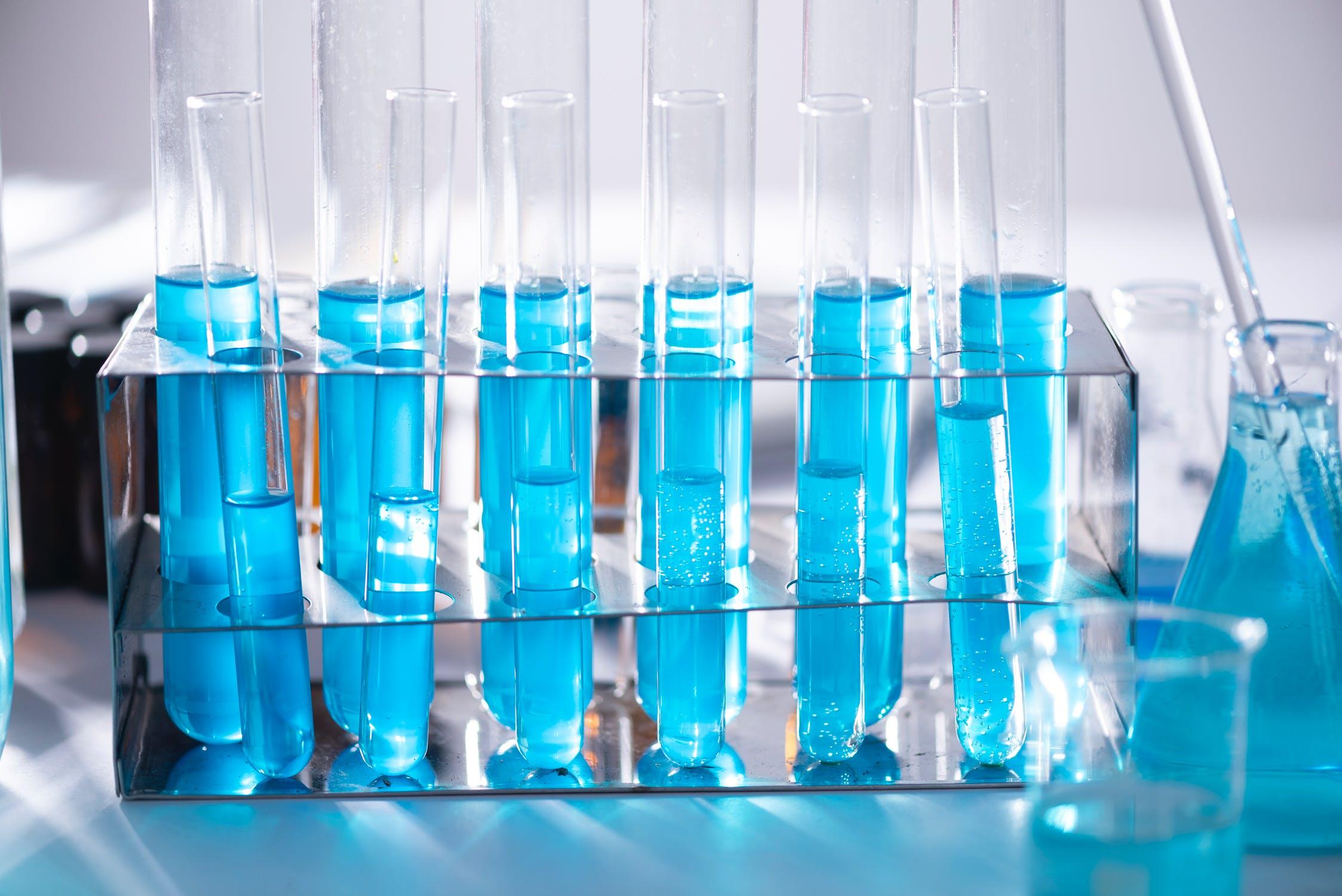Comments (3)
Patrick Beaumont
Thanks for the explanation
William Holt
Excellent article
Terry Wilson
Well explained

Despite major medical advancements, the need for new drugs remains constant — making quick and safe drug discovery as vital as ever. However, in many cases, the drug discovery process remains slow, challenging and tedious, requiring large numbers of tests that limit the speed of identification and manufacturing.
As a result, medical researchers are turning away from older methods of drug discovery and looking to new techniques — including continuous flow reactors — that can streamline the process.
Here is how continuous flow chemistry works and how it may improve drug discovery.
Despite progress in the medical field, there remain many highly debilitating diseases that can't be sufficiently treated with existing drugs. These include autoimmune diseases, cardiovascular disease, cancer and hypertension. At the same time, new conditions continue to emerge, demanding innovative treatments.
Drug discovery helps doctors and scientists meet these unmet medical needs by exploring potential methods for long- and short-term treatment. This approach can also allow researchers to apply our better understanding of medical concepts — like the human genome — which gives them more starting points for drug research.
However, drug discovery can be a slow process. As a result, medical researchers are looking at different techniques to improve the speed of drug discovery.
Continuous flow is an alternative to other chemistry methods commonly used in drug discovery, like batch chemistry.
Batch chemistry creates drugs from chemical reagents using batch reactors. These reactors are vessel- or tank-like containers that scientists feed raw materials into. Inside, those materials react under the right combination of heat, pressure, light and physical stimuli — like stirring speed — to create whichever reaction the scientist is trying to produce. When the reaction is done, the result is a finished drug or chemical researchers can extract.
This strategy has been around for hundreds of years and is quite reliable, but it does have a few downsides. Batch reactors are most effective when a company wants to make small amounts of chemicals. Because they need to be emptied and cleaned after every reaction, they can slow the manufacturing process down. This factor is especially true when a business or research team needs to create multiple quantities of a chemical.
The emptying-and-cleaning process can also be labor-intensive, adding labor costs in addition to the natural downtime between groupings. Continuous flow reactors work similarly to batch models. However, these come as a series of tubes instead of a container. Researchers feed raw materials into one end of the system — or one element goes into pipe A while another travels into pipe B — which then passes through a series of tubes. They then undergo the same conditions they'd experience in a batch platform.
When the reaction is complete — and the product has traveled the full length of the reactor — the result exits from the other end. This process typically happens at a quicker speed and with more consistent output than you would get with the batch method.
The most significant advantage these reactors offer is speed and consistency. By being a lot faster than batch containers, the continuous flow procedure provides drug manufacturers with more flexibility during the drug discovery and manufacturing process.
For example, some experimental continuous flow reactors can synthesize a collection of up to 100 different materials within as little as four to nine minutes. Others incorporate advanced testing technology to queue and perform a sequence of experiments.
These platforms allow researchers to reduce their labor, accelerate drug discovery and investigate more possibilities than they otherwise could in less time. This flexibility enables unconventional approaches, and medical researchers can investigate potential treatments other than the ones most likely to work.
The need for new drugs remains high. Even with the various medical advancements of the past decades, many major diseases still can't be adequately treated with existing medications. Drug discovery remains necessary — however, it's also costly, tedious and time-consuming in many cases.
These obstacles are why researchers are looking to new chemistry techniques — like continuous flow chemistry — to hasten the drug discovery process and gain extra flexibility in research.
Thanks for the explanation
Excellent article
Well explained
Megan Ray Nichols is a science writer by day & an amateur astronomer by night (at least when the weather cooperates). Megan is the editor of Schooled By Science, a blog dedicated to making science understandable to those without a science degree. She also regularly contributes to Smart Data Collective, Real Clear Science, and Industry Today. Subscribe to Schooled By Science for the latest news.
Leave your comments
Post comment as a guest